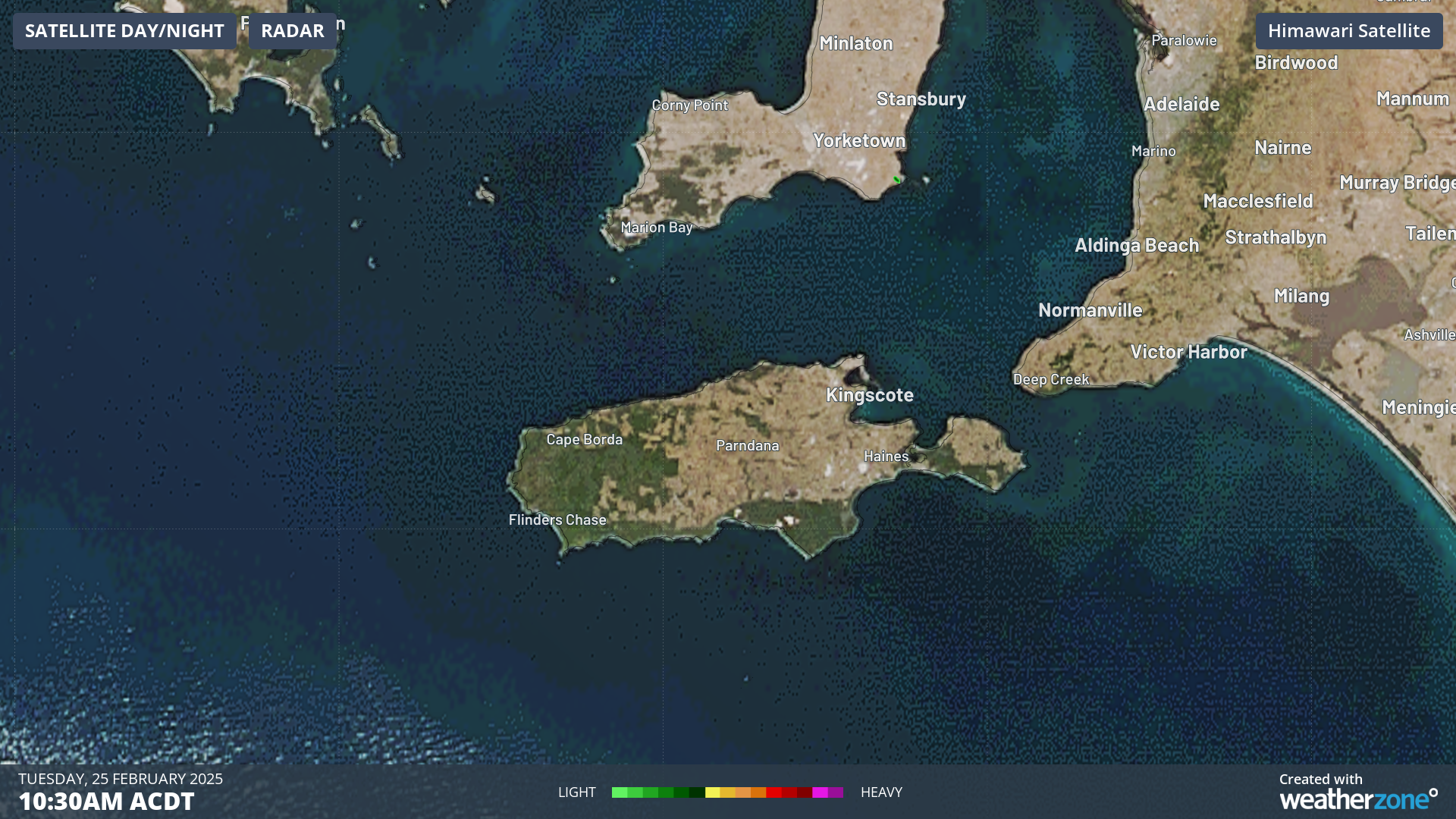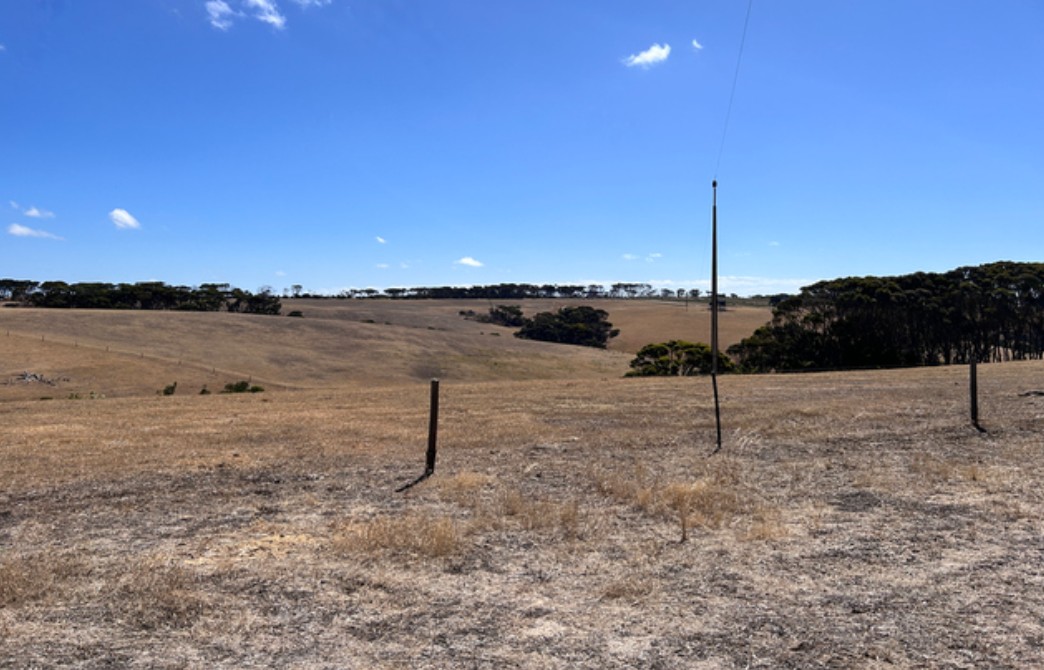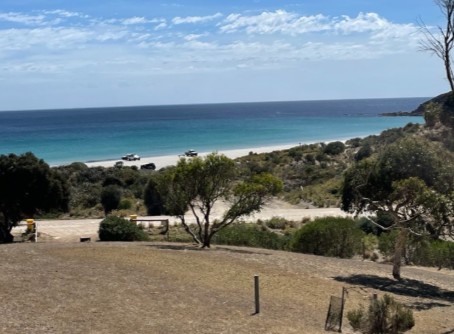The island that rain forgot
It's been a frustrating few months for residents of South Australia's Kangaroo Island, which is enduring its driest summer in almost 50 years.
- To date this summer, the island's largest town Kingscote (population approx. 1900) has received just 9.8mm of rain in total, with only 0.8mm in January and not a drop in February. That’s less than a millimetre so far in 2025.
- That makes it the 4th-driest summer on record since records were first kept in 1878, and the driest in 47 years since the parched summer of 1977/78 when just 6mm of rain fell.
- Parndana, in the centre of the 4405 km² island, has fared little better this year, with only 4.4mm so far this year (December figures are unavailable).
Very little, if any, rain is expected across Kangaroo Island for the rest of this week, meaning the above figures will likely stand through till the end of the 2024/25 summer.

Image: The combined radar and satellite image at 10:30am on Tuesday, February 25, reveals a familiar picture of clear skies over Kangaroo Island.
On the ground in Kangaroo Island, the story is a mix of hope and despair for locals who endured some of Australia’s worst bushfires of the entire Black Summer of 2019/20, with up to 40% of the island burning.
The good news is that a desalination plant came online in December 2024 – and not a moment too soon. Drawing in seawater through two large underwater pipelines, the plant uses a water purification process called "reverse osmosis" to remove salt and impurities. The water is then cleaned and treated to drinking water standard.
Located near the town of Penneshaw near the eastern tip of Kangaroo Island, the "desal" plant produces two megalitres per day. That's two million litres, or around 80% of an Olympic pool.
Approximately 700 homes and businesses have been connected to mains water for the first time. Emergency services can also access the water to fight bushfires.
But as the ABC recently reported, not every home is connected; indeed, some homes have no connection while their neighbours either side do. Nor is the desalination plant any use for farmers whose dams are perilously low. For them, only rain will do, and plenty of it.

Image: A recent rural scene on Kangaroo Island. Source: iStock/KKKvintage
The graph below shows that Kangaroo Island's rainfall deficit extends back much further than the current season.

Image: Our Kingscote rainfall graph and other info can be found on this page.
Nine of the past 12 months in Kingscote saw well below-average rainfall. And the two months before that that slipped off the graph? January and February 2024 both saw not a drop.
Sadly for KI locals, there's no significant rain on the short-term horizon. Looking further ahead, the BoM’s latest long-range forecast, issued on February 20, suggests rainfall in the typical range for most of Australia from March to May, with the likelihood of warmer than average days and nights.
In 2018, the BoM produced a Kangaroo Island Regional Weather and Climate Guide which showed that average annual rainfall had decreased across the island by about 10mm over the previous 30 years.
KI locals aren't too concerned about long term trends at the moment. They're just hoping for rain, and soon.

Image: Blue skies, blue water, brown grass. Source: Ashleigh Madden